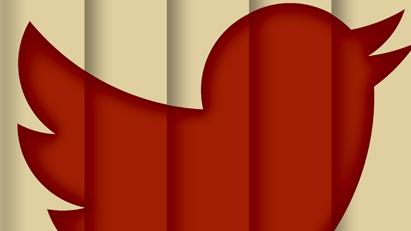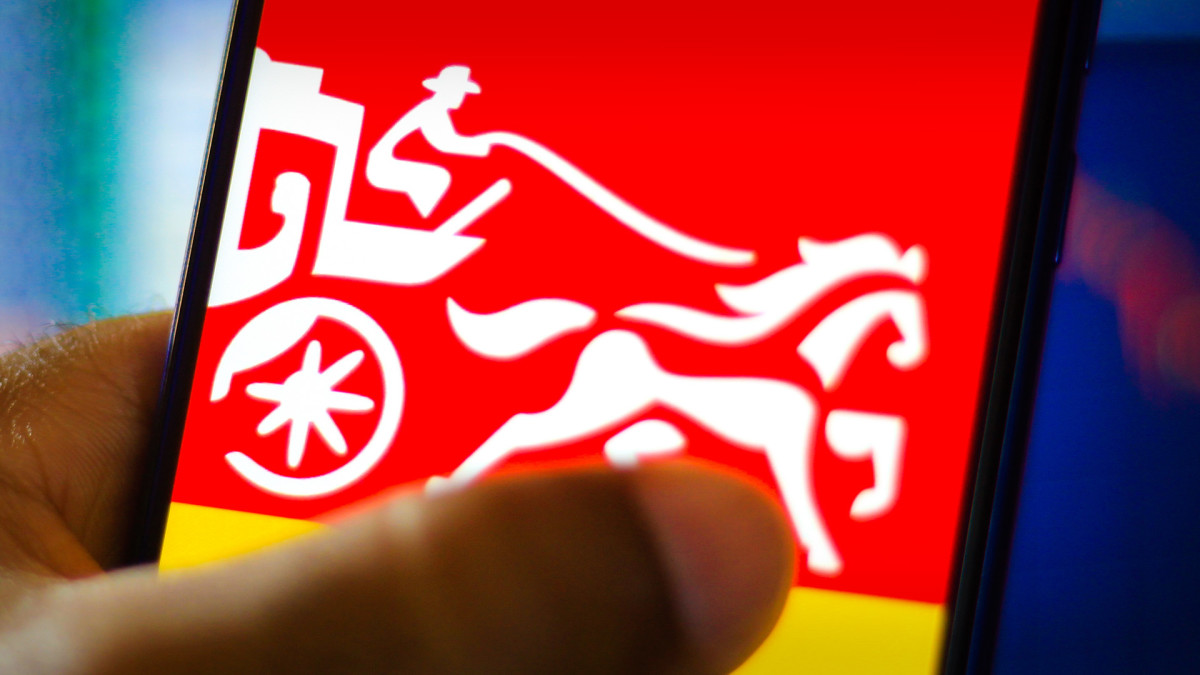Mike Bebernes
·Senior Editor
Mon, November 14, 2022
“The 360” shows you diverse perspectives on the day’s top stories and debates.

What’s happening
The Supreme Court heard arguments last week in a case challenging laws surrounding the care of Native American children that, depending on the ruling, could fundamentally alter the foundations of tribal sovereignty that have been in place for more than two centuries.
The case, Brackeen v. Haaland, centers around the Indian Child Welfare Act (ICWA), a law passed in 1978 in response to the alarming rate at which Native children were being taken from their homes, often to be placed in non-Native families. Under the ICWA, state authorities handling child custody cases involving Native children are required to place them in another Native American home whenever possible, preferably with members of their family or within their own tribe.
Three white families, with the backing of a handful of conservative states, have filed a lawsuit claiming that the ICWA puts the interests of tribes ahead of those of children and violates constitutional protections against race-based discrimination. Hundreds of Native American tribes from across the country have asked the court to reject the challenge, arguing that the word Indian in the law refers to the unique political status of tribe members — not their race.
For more than 200 years, U.S. law has considered Indigenous tribes to be distinct governments with the power to make and enforce their own laws. Because of this distinction, the 574 federally recognized Indian tribes in the United States have the right to run their own health services and criminal justice systems, set gaming laws, determine land rights practices and carry out a long list of other functions independent of the state and federal governments.
Why there’s debate
Plaintiffs challenging the ICWA say that tribes’ distinct status, though appropriate in many circumstances, goes too far when it’s applied to child custody cases. In their view, prioritizing Native families for adoption means children end up being taken away from the foster parents who have cared for them for years — often to be placed in homes that are less able to protect their welfare. Others argue that tribal identity should be just one factor that’s considered when the authorities are weighing the best interest of a child, not one that supersedes all others.
Opponents of this view say the ICWA is a critical means of protecting tribes from efforts to erode their sovereignty and culture. They point to a long history of campaigns designed to dilute, or even eliminate, Indigenous peoples — often by removing children from tribal communities. Some experts say the ICWA should be considered the “gold standard” of child welfare policies and make the case that custody decisions involving all children should also weigh familial and cultural considerations.
The most fervent opposition, though, comes from tribes and legal experts who see the case as a means of eroding tribal sovereignty more generally. They argue that if the court rules that Indian is a racial designation, every single law built on the principle that it's actually a political status would be under threat. That could mean tribes could lose their ability to govern themselves on a whole range of issues or, in the most extreme scenario, lose their right to self-governance altogether.
What’s next
Legal experts say disagreement among the Supreme Court’s six conservative justices make it difficult to predict how much, if at all, the court might roll back the ICWA. A final ruling is expected sometime next summer.
A total of 10 states have passed their own versions of the ICWA, and more could follow suit if the federal statute is knocked down.
Perspectives
Native tribes have every right to protect their cultures
“Too many children have been taken from the beautiful living cultures that are indigenous to this land. We thrive on seeing our heritage, seeing ourselves reflected in genetic mirrors, and so we have to ask: Whose interest is served by cutting a child off from their roots?” — Michele Kriegman, Slate
The law puts the interests of tribes over the interests of children
“The ICWA has insinuated into law a ‘separate but equal’ test regarding Native American children in jeopardy. It demotes ‘the best interests of the child’ from the top priority; it makes a child’s relationship with a tribe supremely important. The nation has abundant reasons to regret its mistreatment of Native Americans, and the ICWA was perhaps motivated by an impulse to show respect for Indigenous cultures. But the cost, in broken bodies and broken constitutional principles, has been exorbitant.” — George Will, Washington Post
The ICWA protects Native children from the harms that previous generations endured
“The United States has used generations of Native children as the tip of the spear in attacking tribal sovereignty. For the failed policies of their country, those children suffered unspeakable harm. Will the Supreme Court show that our country can learn from our past? Or, while we are still recovering the bodies of previous generations of Native children, will we betray the next?” — Rebecca Nagle, Atlantic
Many supporters of the lawsuit care more about chipping away at Native rights than the welfare of children
“Just as they did throughout the 17th, 18th, 19th, and 20th centuries, conservative groups and Christian organizations are funneling huge sums of money to dismantle ICWA in the 21st century, striking at the very heart of tribal sovereignty: the right to raise and educate each nation’s children and determine futures without colonial interference on the lands to which they belong and control.” — Nathan Tanner, Indian Country Today
The ICWA’s outdated restrictions causes harm to Native children and the families that want to adopt them
“This does have to do with some kind of horrible history with regards to how Native children were handled in the past. But now in our kind of more modern times, this situation has become one in which there really are a lot of decisions that are being made solely on the basis of race in ways that are excluding some Americans from their ability to adopt.” — Kim Strassel, Wall Street Journal
All child welfare laws should follow the model set up by the ICWA
“ICWA has long been considered the gold standard for child welfare, with good reason. It aligns with what is increasingly recognized as best practice in all situations: Whenever possible, keep children with family members if they cannot stay with their parents. The law has rightly been hailed by national child welfare experts as a high-water mark of sensible governance.” — Donna Butts, The Hill
A slimmed-down version of the law could reach the appropriate balance between tribal rights and child welfare
“A more narrowly tailored law, focusing on protecting Indian parents who affirm their Indian identity from having their child's fate determined by non-Indian courts to the detriment of their Indian heritage, might well be constitutional. This law is not.” — David Bernstein, Reason
Every single law regarding the government’s relationship with tribes could be under threat
“It would put at risk every treaty, every property and political right and every power that Indian nations possess today. All of a sudden, lands would be owned by ‘a race of Indian people,’ not a tribal government. Your borders, your police laws, everything on the reservation would be in question. I’m not being hyperbolic. I am afraid of this case.” — Robert Miller, Indian law expert, to New York Times
More than anything, the case represents a challenge to Native tribes’ basic right to exist
“At its heart … the ultimate questions it raises for the justices are fairly straightforward. Do Native tribes have the sovereign right to exist and to keep existing? Can Congress pass laws to help ensure that they do? If the answers seem easy, then so will the result.” — Matt Ford, New Republic
Is there a topic you’d like to see covered in “The 360”? Send your suggestions to the360@yahoonews.com.
Photo illustration: Yahoo News; photos: Mariam Zuhaib/AP Photo






.png)



